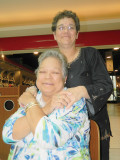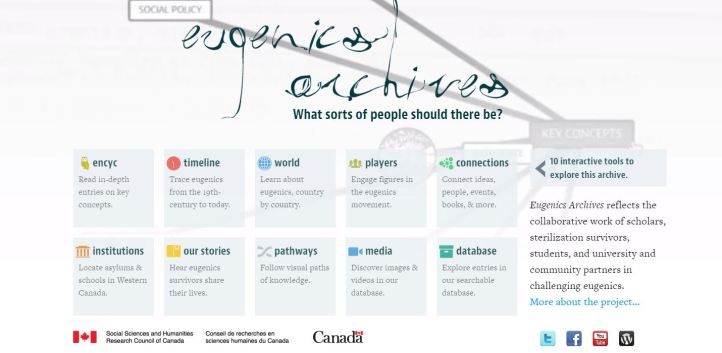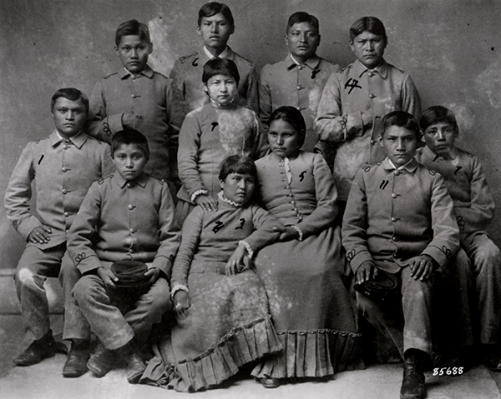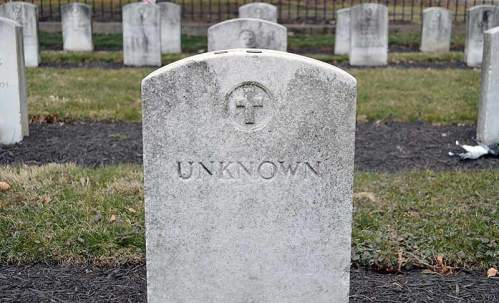
Miles Stead died from brain injury
Guest Commentary
Published May 15, 2016
Miles Stead, a two-year-old Lakota boy, was killed by
his foster mother just months after being taken from his home on the
Rosebud Reservation in South Dakota. His story should be raising alarms
about the rampant removal of Native American children from their
families in violation of federal law, yet it has been largely ignored by
the national media.
Stead’s foster mother, Mary Beth Jennewein, was
arrested in March and charged with second degree murder and four counts
of voluntary manslaughter. A hearing held May 11 denied Jennewein a
reduced bond. Her conviction is anticipated in June.
Nina Stead, Miles’s biological mother, had no
history of child abuse when her son was taken after she was found
drinking a beer. If the Indian Child Welfare Act (ICWA) were adhered to,
Miles could have been saved, and this injustice could have been
prevented.
ICWA is meant to address the widespread separation of
Native American children from their families and tribes. Its purpose is
to protect the rights of children to live with their families, and to
promote the stability and security of Indian tribes and families. The
federal law dictates that placement preference for the child is to be
given to extended family or tribal families, and that tribes be notified
when their children are placed in the foster care system, which
provides the tribes a chance to intervene in state proceedings.
However, ICWA is constantly violated. Why? It’s
unfortunately simple. Native American children are seen as cash cows.
The Department of Social Services (DSS) categorizes Native American
children as “special needs,” which brings the state and adopting
families extra cash.
South Dakota for example, which is notorious for
its ICWA violations, reels in $79,000 per Native American child per
year, and families who adopt can claim a tax credit of $13,400. Seven
tribal governments endorsed a 2013 report concluding there is “a strong
financial incentive for state officials to take high numbers of Native
American foster children into custody.”
Native American children continue to be placed in
foster care at an alarming rate. They constitute two percent of the
total number of children in foster care, even though they only make up 1
percent of the United States child population. In South Dakota, more
than 750 Native American children are placed in foster care per year,
making up nearly one-third of the state’s foster care population,
despite only making up 13 percent of the total child population.
ICWA violations have led to almost 90 percent of
Native American children being placed in non-Native homes. These
children hold the future of their tribe, they are the source of
revitalization for tribal communities and their continued removal places
tribes at risk of becoming extinct. If children continue to be taken at
the current rate there may not be children to continue the tribe, and
the cultural identity of the tribe can’t be passed down.
There have been developments in the past year however,
suggesting that this trend of unbridled ICWA violations may finally
begin slowing down. Last year, the Bureau of Indian Affairs published
new ICWA guidelines to strengthen the law and ensure its compliance, and
that same year the courts found that South Dakota willfully violated
ICWA. Officials within the DSS, the state attorney and Judge Jeff Davis
were found to have violated ICWA. Their actions resulted in thousands of
children being placed with non-Native families.
What’s more, the Administration for Children and
Families proposed in [month] to record ICWA-related data, which has
never been done before and is expected to illuminate the extent of
overrepresentation of Native American children in foster care. Last
month, a Memorandum of Understanding was announced between the BIA,
Department of Justice and Health and Human Services to ensure ICWA
fulfills its intended purpose.
State ICWA noncompliance has spun out of control, and
at long last U.S. government agencies have become aware of what Indian
Country has known for decades — that children like Miles succeed better
when raised by their families. For people like Susan Becker, a close
family friend of Miles’ mother who is much too familiar with seeing
Lakota youth taken from their families, this level of attention is long
overdue.
“ICWA needs to step in earlier,” said Becker, a member
of the Rosebud Reservation. “My nephew was murdered because a woman
wanted to collect a paycheck.”
Becker had known Miles since he was born, and views
his mother as family, she refers to Miles as her nephew and had
temporary guardianship status prior to his removal. As soon as Miles was
taken from his mother, Becker sprung into action and attempted to gain
custody of him. However, since she is not a blood relative, the DSS said
she’d have to take a foster parent class, which they only offered to
her in March.
“Miles passed away before I could even start the
classes,” Becker said, adding that the DSS agents made the process very
difficult for her.
As per ICWA’s guidelines, Miles should have had
preferential placement with a tribal member or family member, but the
DSS quickly placed him in a non-Native home.
Coroners found Miles with a fractured skull and
internal bleeding. They ruled traumatic brain injury as the cause of
death. Jennewein told law enforcement that Miles was “known to hit his
head a lot,” suggesting that this happened while at daycare, but
surveillance video from the daycare proved this was not the case.
Miles’ story is a testament that adherence to ICWA can
literally be a matter of life and death. Children are being removed
from their families for preposterous reasons that one could not imagine
happening to a White family.
“I don’t know how to put this, but if you’re drinking
one beer and someone calls the police you’ll get your kids taken,”
Becker said. “The state’s making money off our children.”
This issue plaguing Indian Country demands the
attention of the masses. Native American issues cannot continue to be
placed on the backburner and ignored by popular media.
The Lakota People’s Law Project is calling for a Truth
and Reconciliation Commission to provide recommendations to Congress on
how to develope child and family service programs that are run by
tribal nations, for tribal nations. This commission would take testimony
from boarding school survivors, identifying how the boarding school
system impacted their lives so that their stories will not be lost in
U.S. history. It would also conduct comprehensive national studies
focused on the past and ongoing effects of the boarding school policy,
and advise Congress on ways to begin an official process of healing.
Acquiescing to the DSS’ widespread seizure of Native
American children will lead to the eventual dissolution and destruction
of tribes. Our children are our future. Our children are sacred.
Ardy Raghian is the press director for the Lakota People’s Law Project.














































